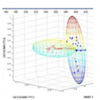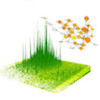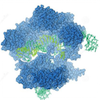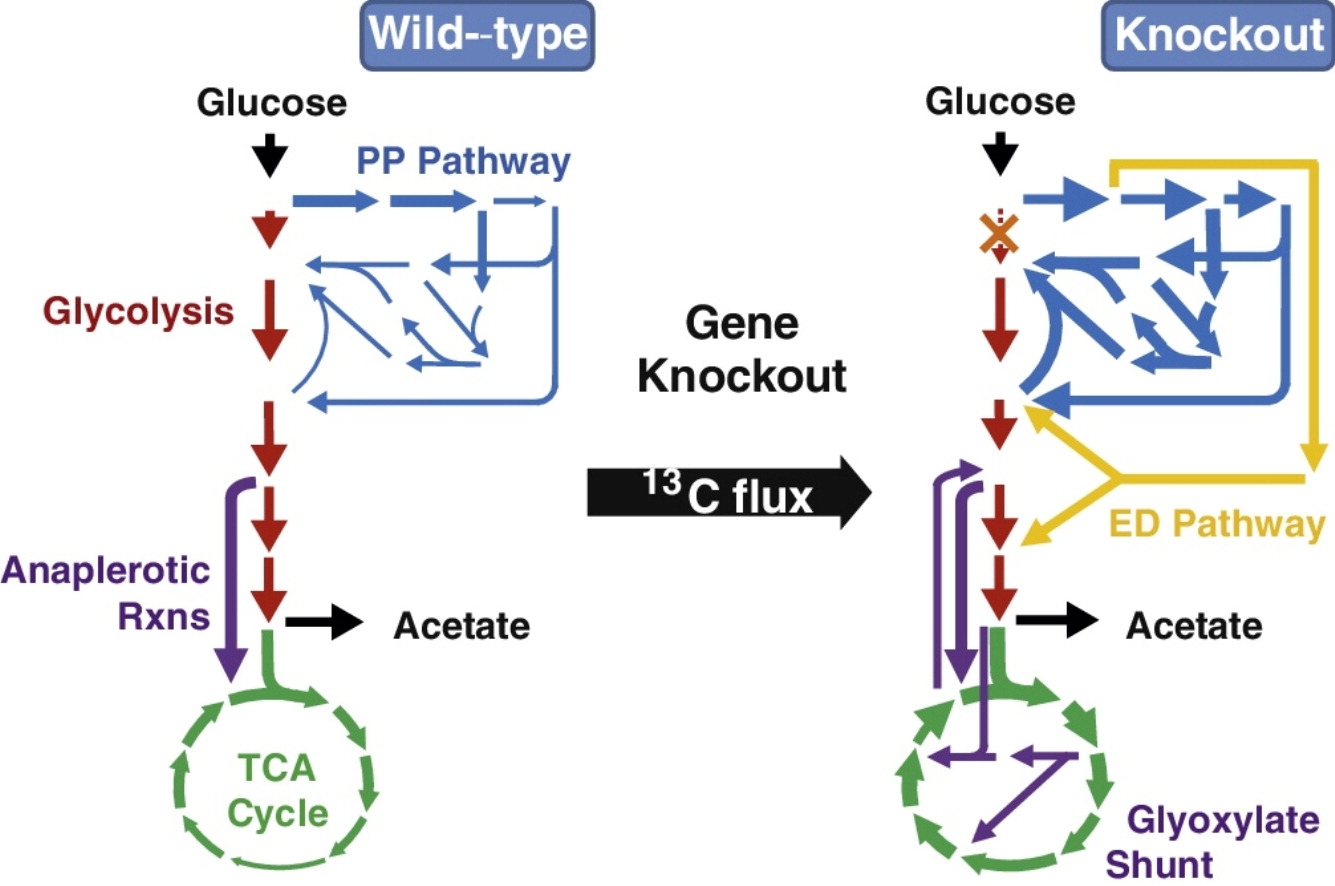Metabolomics
Metabolomics is the large-scale study of small molecules, commonly known as metabolites, within cells, biofluids, tissues, or organisms. These small molecules and their interactions within biological systems are collectively referred to as the metabolome. Metabolomics is a burgeoning technology that provides comprehensive analysis of metabolites in biological samples.
Emerging in the post-genomic era, metabolomics is an interdisciplinary field primarily aimed at quantitatively studying the diverse dynamic responses of metabolites within organisms to external stimuli, pathophysiological changes, and genetic mutations. Metabolomics was founded by Professor Jeremy Nicholson at Imperial College London at the end of the last century and has since rapidly developed, permeating various fields such as disease diagnosis, drug development, nutritional science, toxicology, environmental science, botany, and other areas closely related to human health.
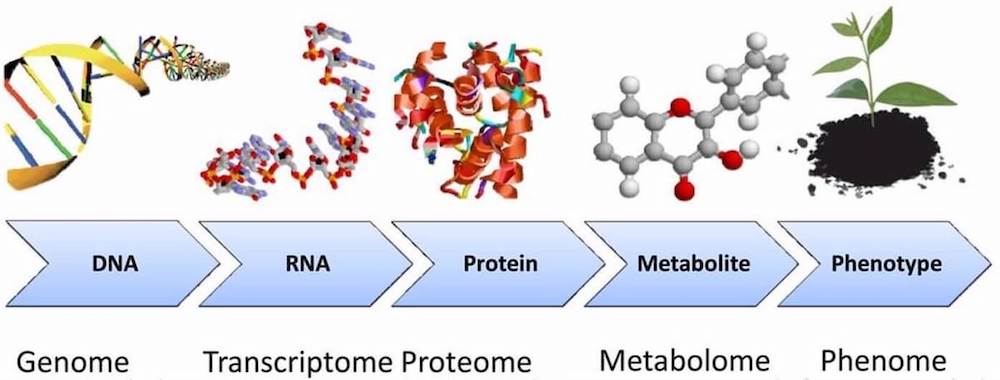
Metabolomics
Metabolomics has developed to a point where it far exceeds the scope of standard clinical chemistry techniques, capable of precisely analyzing hundreds to thousands of metabolites. It provides a detailed characterization of metabolic phenotypes and enables precision medicine research on many levels, including characterizing metabolic disorders underlying diseases, discovering new therapeutic targets, and identifying markers for disease diagnosis or monitoring drug activity.
The most common methods for metabolomics analysis are mass spectrometry (MS) and nuclear magnetic resonance (NMR) spectroscopy. Mass spectrometry techniques include LC-MS and GC-MS. The basic principle involves ionization of components in the sample in an ion source to form charged ions with different mass-to-charge ratios. These ions are accelerated by an electric field to form an ion beam, which enters a mass analyzer. In the mass analyzer, ions are separated based on their velocity dispersion using electric and magnetic fields, allowing them to be focused separately to obtain a mass spectrum. This enables determination of their mass (mass-to-charge ratio) and quantification or semi-quantification based on the intensity of the mass-to-charge ratio. NMR is a spectroscopic technique based on the principle of absorption and re-emission of energy by atomic nuclei in response to changes in an external magnetic field. The spectral data generated by NMR can be used to quantify concentrations and characterize the chemical structure of metabolites.
The choice of metabolomics technology is mainly based on the research purpose and sample type. NMR requires less sample preparation and produces spectra that are linearly proportional to compound concentrations. However, NMR has relatively low sensitivity and thus can typically only detect the most abundant species, and the need for lengthy purification processes limits its widespread use. Mass spectrometry, combined with effective sample preprocessing and chromatographic separation, offers high sensitivity and specificity, as well as a good dynamic range, making it especially suitable for both targeted and untargeted metabolomics, particularly high-resolution LC-MS. In simple terms, as long as a substance can be ionized and captured by the detector, it can be detected by LC-MS. Therefore, optimized sample preprocessing conditions, different chromatographic and mass spectrometry methods selected according to the detection purpose, and standardized operating procedures are important foundations for successful metabolomics analysis. Biotyper's comprehensive standard operating procedures (SOP) also provide a strong guarantee for your sample detection.
Biotyper metabolomics analysis solutions include:
Gas Chromatography-Mass Spectrometry (GC-MS): Commonly used for targeted analysis of water-soluble metabolites (requiring derivatization), certain lipids, and organic acids.
Liquid Chromatography-Mass Spectrometry (LC-MS): Untargeted metabolomics, targeted metabolomics, untargeted lipidomics, targeted lipidomics. Commonly used for targeted and untargeted analysis of water-soluble small molecules such as amino acids, sugars, alcohols, organic acids, amines, TCA cycle intermediates, and lipid macromolecules.
Nuclear Magnetic Resonance (NMR) Spectroscopy: Commonly used for the identification and analysis of substances in simple or purified samples.
*Aside from easily processed samples like blood and serum, samples from cells, tissues, organs, or bacteria can also be analyzed using metabolomics.
Biotyper metabolomics service categories:
How to order?








